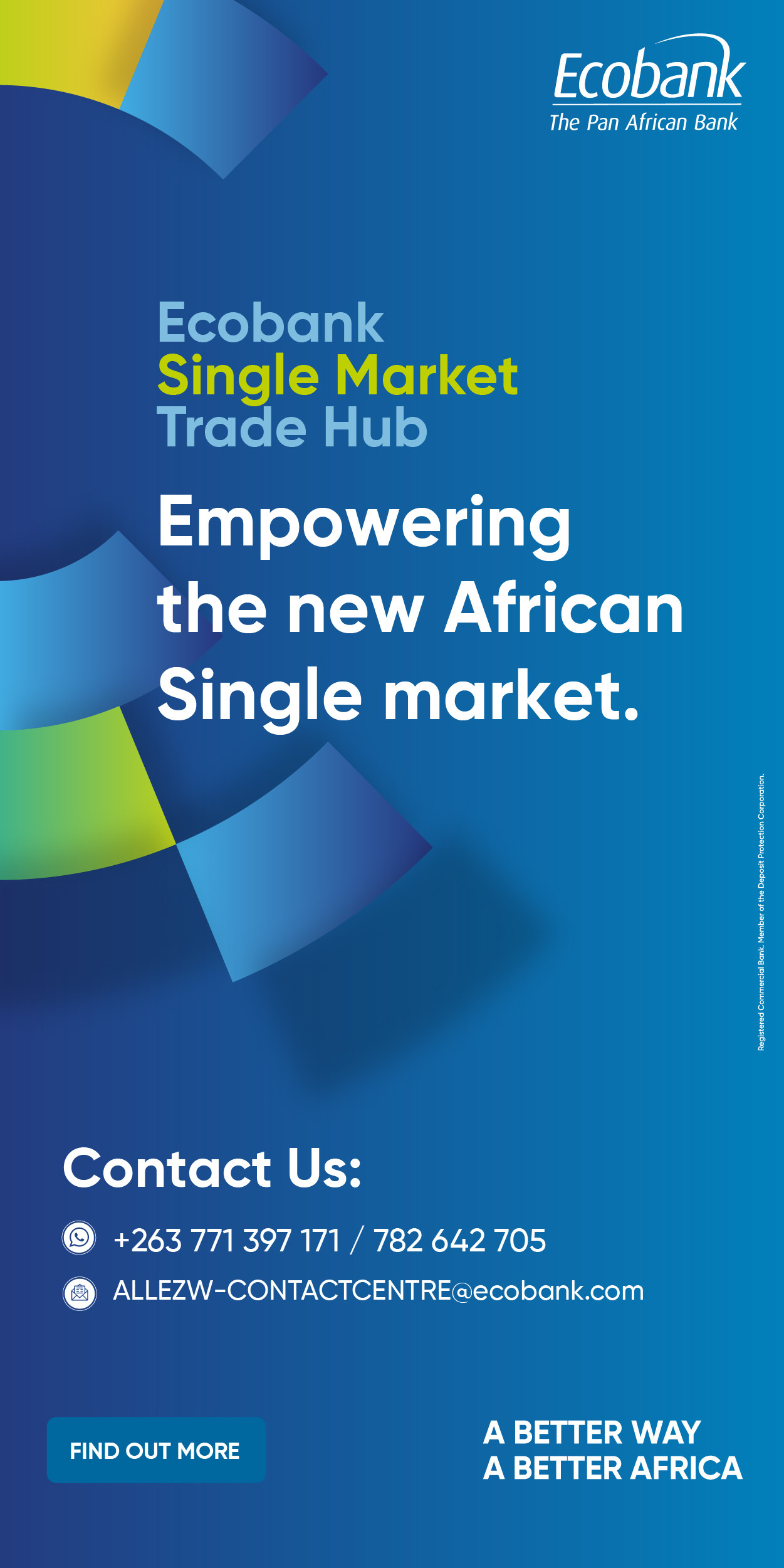- 💸 Alternative assets predicted to reach $30 trillion by 2029, with private equity reaching $12 trillion
- 📈 Gold is a key part of this strategy, offering a safe option during tough times
- 🔒 Having 5-8% of a portfolio in gold can make it less risky while still offering good returns
Harare- Alternative assets, like private equity, private credit, and hedge funds, are becoming a bigger part of how people invest their money. Experts predict that by 2029, these assets could be worth nearly $30 trillion, with private equity alone reaching $12 trillion.
The main reasons people invest in these assets are to spread out their risks, reduce how much their investments move with traditional stocks and bonds, and potentially earn higher returns.
Gold, for example, is often seen as a key part of this strategy because it doesn’t move in lockstep with other investments and can act as a safe option during tough times.
When it comes to how gold works with other alternative assets, it’s often quite different from them.
For instance, stocks and bonds used to move in opposite directions, but since 2022, they’ve started moving together more. This has pushed big investors to put more money into alternative assets to balance their portfolios.
Gold stands out because it tends to hold its value when markets get shaky, like during the 2008 financial crisis or the COVID-19 pandemic.
Unlike private equity or private credit, which can tie up money for a long time, gold is easy to buy or sell quickly, making it a useful tool when cash is needed fast.
Alternative assets like private equity and private credit have their own challenges. Their value depends on things like how many deals are happening, the terms of loans, and how easily investors can get their money back.
These investments often require you to lock up your money for years, and it’s not always clear what they’re worth at any given moment.
Gold, on the other hand, is straightforward, you can sell it quickly if needed.
Studies over the past 20 years suggest that having 5% to 8% of a portfolio in gold can make it less risky while still offering good returns, especially when about a quarter of the portfolio is in alternative assets.
Private credit, which involves lending money outside of traditional banks, has become more popular lately.
It includes everything from safe loans to riskier ones, giving investors flexibility to choose based on how much risk they’re comfortable with.
However, these investments aren’t easy to cash out quickly, and their value doesn’t always reflect market changes right away. Private credit became attractive when interest rates were low, as people looked for better returns, and it’s still growing because banks are lending less due to new regulations.
Gold can help balance these risks by acting as a safety net, especially when the credit market gets rocky.
During tough economic times, like the COVID-19 crisis, signs of trouble in the credit market like riskier loans piling up can show up in other areas, like collateralised loan obligations (CLOs), before they hit private credit.
These warning signs make gold even more valuable because it can provide quick cash and stability when other investments falter.
For example, in early 2020, private credit funds lost value, but the damage was less obvious because their prices are updated less often than public markets.
Looking ahead, the private market is facing challenges with fewer deals and slower ways to cash out, like initial public offerings (IPOs) or mergers. To adapt, some fund managers are using creative solutions, like continuation funds, to keep money flowing.
In 2024, these newer strategies made up nearly half of certain types of transactions, a big jump from 2016. Gold fits into this picture by offering a balance it’s as easy to trade as stocks but acts like a steady, defensive asset that private investments aim to be.
As markets go through ups and downs, gold provides a reliable foundation for investors juggling both public and private assets.
Equity Axis News





